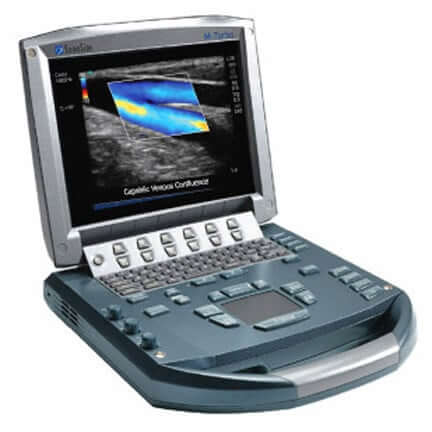Morton’s neuroma is a fairly common foot condition that affects 1 of 3 individuals at some point in life. According to latest estimates, Morton neuroma is present in about 30 to 33% in general population(1). The classic symptoms include difficulty in walking (often feels like walking on marble/ pebble sensation) as well as numbness and burning sensation that may lead to varying degrees of walking difficulty and disability.

A history of ultrasound guided procedures for Morton’s neuroma:
Morton’s neuroma is a clinical diagnosis so a clear history and thorough physical examination by an experienced clinician is sufficient to make the diagnosis. Radiological tests like ultrasound have also been in use since 1957 for Morton’s neuroma in addition to MRI. But it was not until late 1990s when investigators started utilizing ultrasound guidance to administer minimally invasive therapies for more precise treatment(2).
Some frequently employed ultrasound guided therapies that are associated with excellent results in Morton neuroma management are:
Various research and studies indicate that the use of ultrasound in the treatment process increases the precision, accuracy and success of procedures. In a recent review comparing the use of ultrasound versus non ultrasound guided procedures published in the Journal of the American Podiatric Medical Association(3)concluded that, “ultrasound guidance can produce better short and long-term pain relief for corticosteroid injections, can reduce the need for additional procedures in a series of concentrated sclerosing alcohol injections, can reduce the surgical referral rate, and can add efficacy to a single injection.”
Another example, is a recent study reported in the peer-reviewed journal Foot & Ankle International(4), which showed the technical success of ultrasound guided alcohol ablation procedures at 100%. Based on the data obtained from 87 courses of US guided alcohol ablations over a period of 14.3 months, about 91% of patients reported a remarkable improvement in the quality of symptoms. Likewise, study reported in Skeletal Radiology(5) suggested that 85% patients reported complete resolution of symptoms with an average of 1.6 treatment sessions of ultrasound guided radiofrequency ablation.
According to a study conducted by Carolyn M. Sofka and associates(6), ultrasound guided procedures enable clinicians to:
Why are ultrasound guided procedures so effective in the treatment of Morton’s neuroma?
Clinical data shows that the use of an ultrasound to guide the procedure increases the effectiveness of these conventional procedures many folds. According to the results of a recent extensive analysis published in the peer reviewed Journal of the American Podiatric Medical Association(3), some notable benefits of employing ultrasound-guided procedures are:
In summary ultrasound guided procedures are very effective in treating Morton’s neuroma, especially when performed by clinicians experienced in these procedures.
References:


By providing us with your information you are consenting to the collection and use of your information in accordance with our Terms of Service and Privacy Policy.